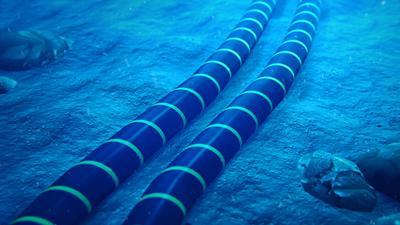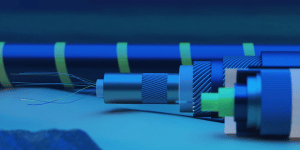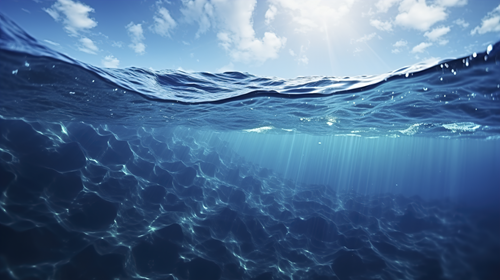Introduction
A client of ours was undertaking preparatory work on a proposed offshore wind farm in the North Sea. They brought us into the project to perform an installation analysis for all the subsea array cables to be laid.
Scope Of Work
A comprehensive analysis was required, which included the determination of the following metrics:
- Sea state (sea condition) limits for installation
- Minimum allowable bend radii to maintain cable integrity during installation
- Maximum predicted cable tension and compression during the lay phase
- Expected forces acting on the cable by the trencher – essential knowledge to prevent damage to both the cable and the trencher
- Forces exerted on the cable during the lay as a product of wave incident angle – knowledge which allows the client to plan to lay cable schedules to match environmental conditions.
Analysis
Our first step was to create a comprehensive case matrix to allow us to fully understand the cable behaviour across a wide range of environmental conditions. This matrix incorporated assessments for a full range of tidal levels, as well as a finely incremented range of wave heights and periods.
Our team then went on to analyse a number of lay techniques against parameters specified by the client. These techniques included different vessel configurations, lay angles, and methods of trenching on the seabed, as well as free lay on the seabed if the trencher was non-operational.
We used OrcaFlex simulation software to deliver intricate and detailed visuals and models of the vessel and the cable to our client. For this simulation we set the seabed as a static layer and added the motions and properties of seawater to the model. We did not make a simplifying assumption of sinusoidal waves for the motion. Instead, we used historical MetOcean data for the area and time of year to obtain accurate motion information.
All relevant cable stresses were determined for a series of different waves using this model. Wave and vessel incident angles were varied to develop a best- and worst-case scenario picture of cable stresses.
Benefit
The wealth of subsea engineering expertise held by the Jee team was instrumental is undertaking this analysis. The results provided our client with a detailed picture of static and dynamic forces and the impact thereof on cable laying scenarios. They could then plan accordingly for lay phase of the project.
To contact our Technical Authority, Mike Hawkins, email mike.hawkins@jee.co.uk, or call +44 (0)1732 371 371.
To find out more about our Cables offerings and download our capability statement, visit www.jee.co.uk/cables.






%20small.png)